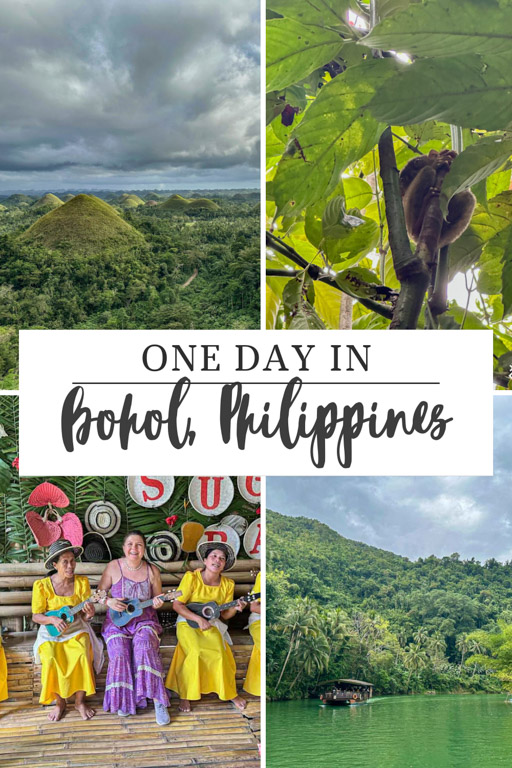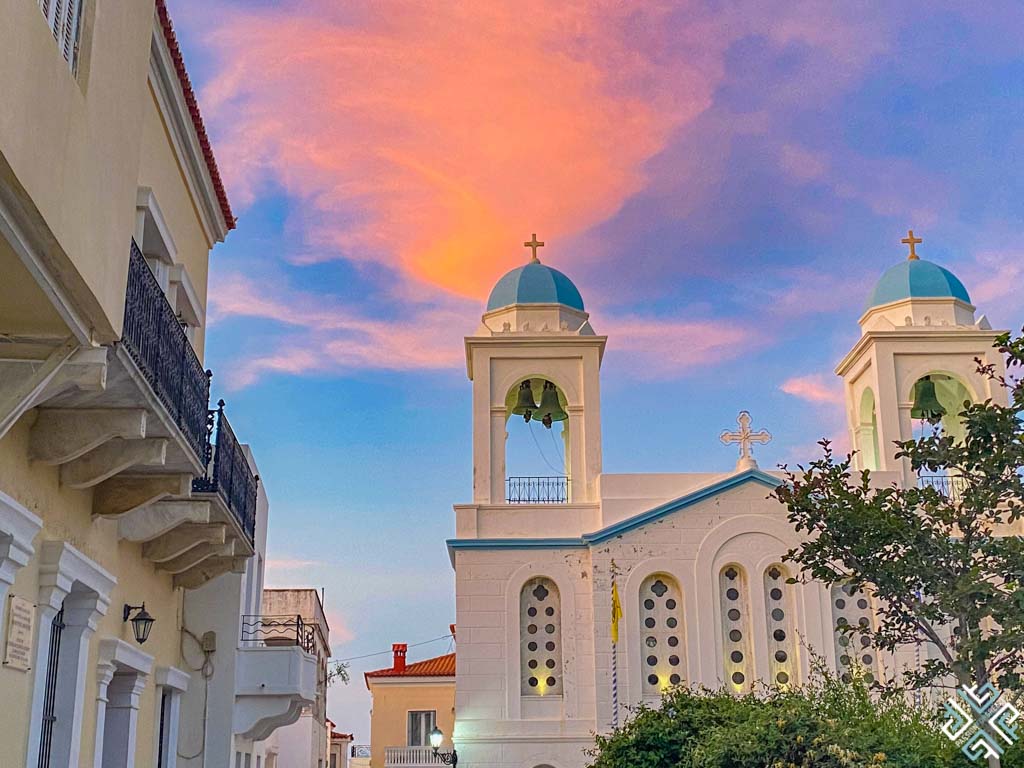Bohol, a captivating destination in the Philippines is perfect for travelers seeking a unique blend of adventure and cultural richness. This tropical paradise is known for its diverse attractions, from the iconic Chocolate Hills to the enchanting Philippine Tarsier Sanctuary which you can visit on your one day in Bohol itinerary. Whether you are planning a short trip or a comprehensive tour, a well-crafted Bohol itinerary is essential to experience the island’s historical landmarks, lush landscapes, and vibrant local life. In our guide we share all the places worth visiting, ensuring that you capture the essence and beauty of Bohol in a single, memorable day.
How to Get to Bohol
Whether you’re traveling from within the Philippines or coming internationally, there are several ways you can reach Bohol. The most common arrival point to Bohol is through the city of Tagbilaran. Here’s how you can get to Bohol:
From Manila or Cebu by Air: You can fly directly to Tagbilaran Airport from major cities like Manila and Cebu, although the best way to get to Bohol from Cebu is via ferry. Multiple daily flights are operated by Philippine Airlines, Cebu Pacific, and AirAsia, making this a convenient option that takes about an hour from Manila.
If you are staying on a resort in Panglao, you can book this shared airport transfer here.
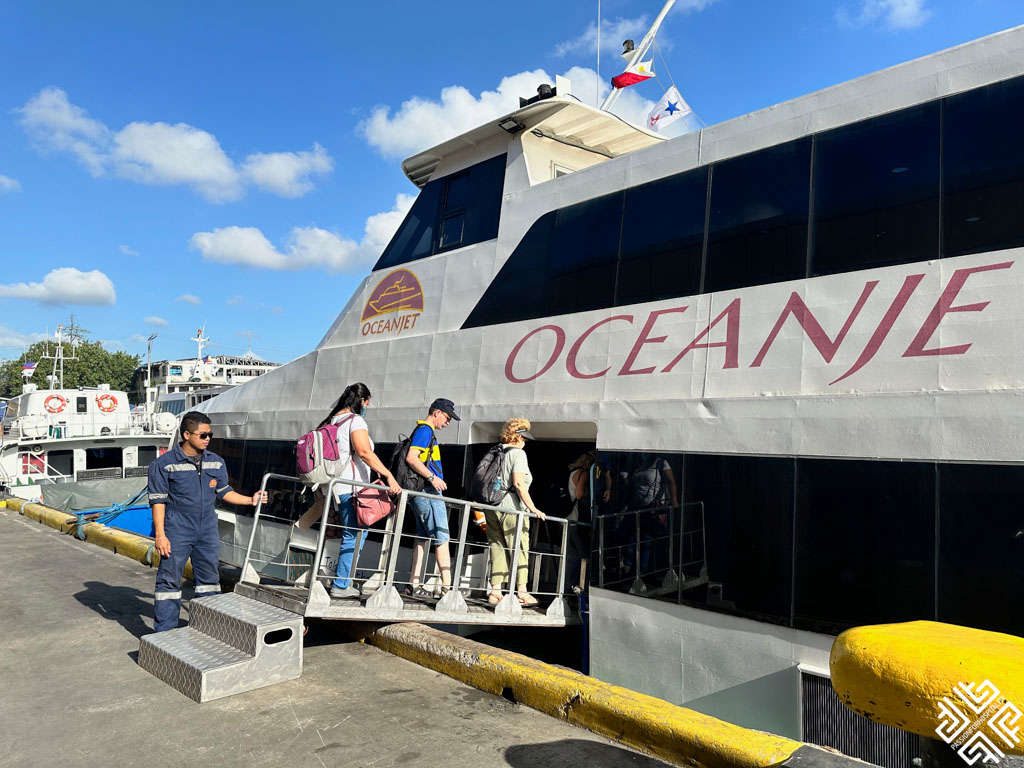
From Cebu by Ferry: If you plan on traveling from Cebu, ferries are a popular and scenic option. Fast ferries run multiple times daily from Cebu City’s pier to Tagbilaran. The journey takes about 2 hours and offers beautiful views of the sea and surrounding islands. Operators such as OceanJet, SuperCat, and Lite Ferries provide services with various classes of comfort and pricing. Scheduled ferry times may delay, therefore keep this in mind when making your travel arrangements. You can also see all the ferry schedules available and book your tickets online on 12go.
By Private Boat: For a more personalized travel experience, chartering a private boat from Cebu or neighboring islands can be arranged. This option offers flexibility in terms of schedule and can provide a more intimate view of the Philippine archipelago.
Brief Overview of Bohol’s History
Tagbilaran City, the capital and principal city of the province of Bohol, Philippines, has a rich and colorful history that reflects the broader story of the Philippine islands. Here’s a deeper look into the historical timeline of Tagbilaran:
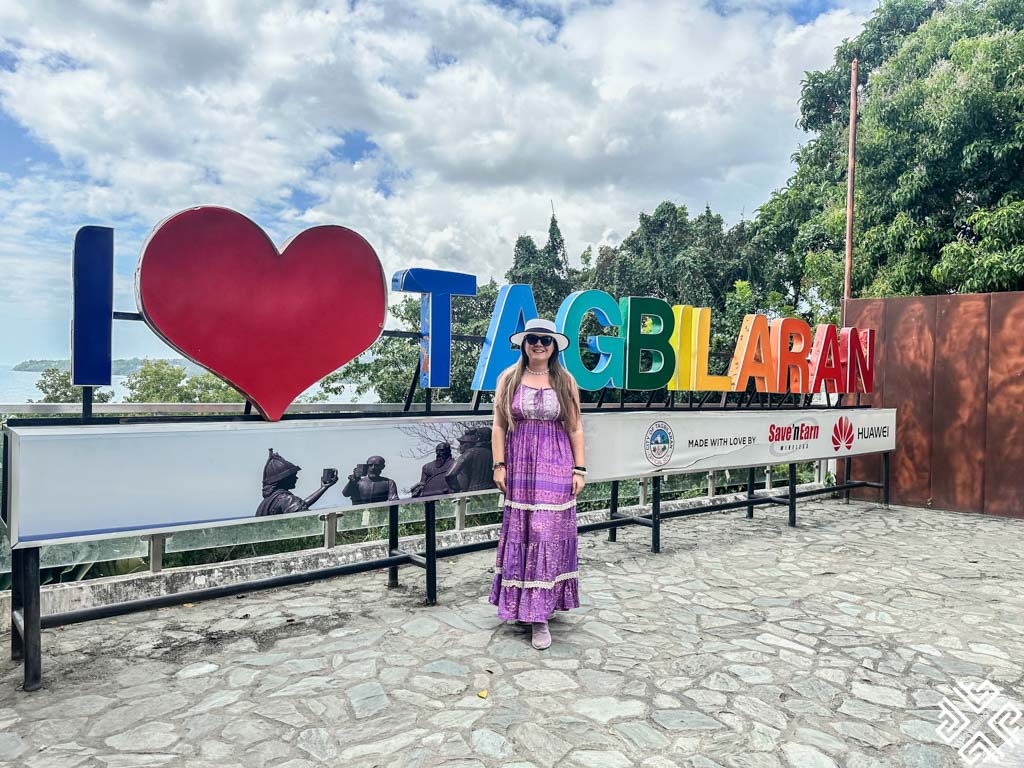
Pre-Colonial Period
Before the arrival of Spanish explorers, Tagbilaran was known as a vibrant trading point among local settlers and neighboring regions, including other parts of Southeast Asia. The area was originally called “Tinagbilaran,” which purportedly means “a place of refuge,” indicating its role as a haven for fishermen and traders during inclement weather. This name highlights the community’s longstanding tradition of hospitality and resilience.
Spanish Colonial Era
The history of Tagbilaran took a significant turn with the arrival of the Spanish. In 1565, a blood compact (Sandugo) was forged between Spanish explorer Miguel López de Legazpi and Datu Sikatuna, the chieftain of Bohol. This pact was one of the first treaties of friendship between Europeans and the local inhabitants of the Philippine archipelago. The site of this historic event is marked by the Blood Compact Monument in Tagbilaran, which is considered a landmark of the city’s historical heritage.
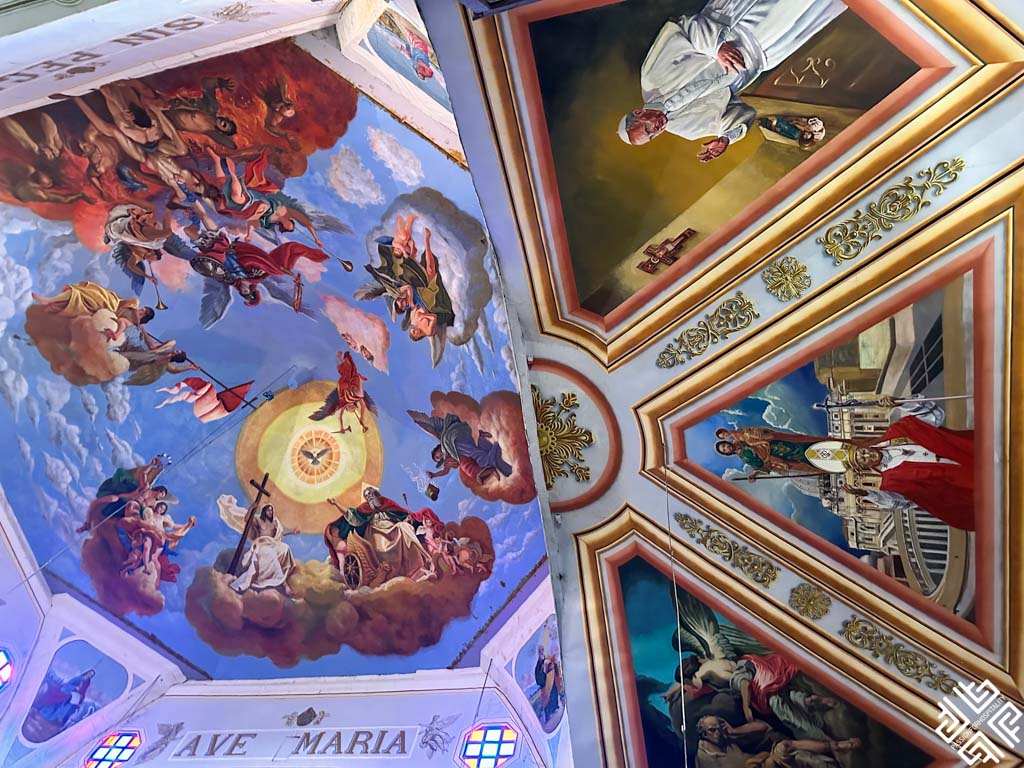
During the Spanish colonial period, Tagbilaran began to develop as a religious and administrative center. Churches and stone buildings were erected, the most notable being the Baclayon Church, which is one of the oldest stone churches in the Philippines, dating back to 1596.
American Period and World War II
With the advent of American rule in the early 20th century, Tagbilaran began to see modern developments, including improvements in public education and infrastructure. However, during World War II, the city was not spared from conflict. It experienced Japanese occupation and became a center of guerrilla activity against the Japanese forces until the island was liberated by American and Filipino troops in 1945.
Post-War Development
After the war, Tagbilaran slowly rebuilt and continued to grow as the administrative and economic center of Bohol. It was officially designated a city on July 1, 1966. The city’s development accelerated with investments in tourism and infrastructure, highlighting its historical sites, promoting local culture, and improving connectivity with other parts of the Philippines.
Modern Era
Today, Tagbilaran is seen as a gateway to the attractions of Bohol, including the Chocolate Hills, the tarsier sanctuaries, and the stunning beaches of Panglao Island. The city itself hosts a number of festivals, like the Sandugo Festival, which commemorates the historic blood compact. Tagbilaran’s blend of historical significance and modern advancements make it a focal point for visitors exploring the rich cultural landscape of Bohol.
One Day in Bohol: Top Things to See
You can also experience some of the most beautiful tourist spots in the Philippines when you join this Bohol countryside tour or take a tour that leaves and returns to Cebu by booking this Bohol Countryside Joiners Tour From Cebu City.
Blood Compact Monument
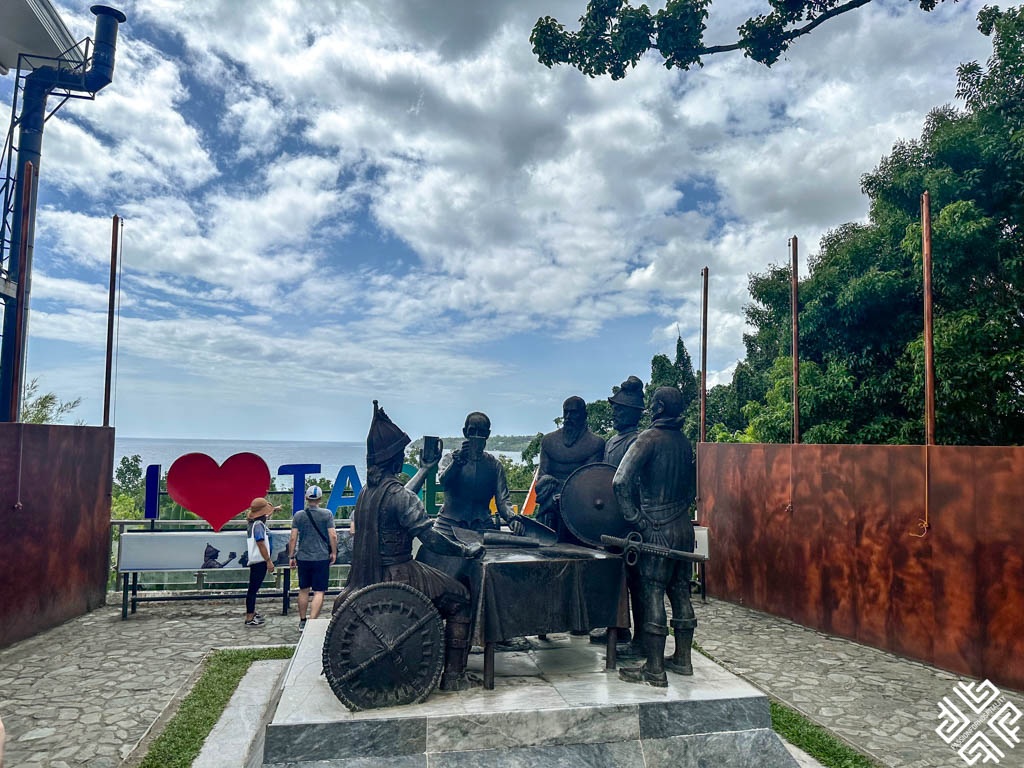
The Blood Compact Monument is an essential piece of Philippine history. This site commemorates the first treaty of friendship between the Spanish and Filipinos in 1565. The monument depicts Miguel López de Legazpi of Spain and Datu Sikatuna of Bohol in the act of making a ‘sandugo’ or blood compact, an ancient ritual where participants draw a small amount of blood from their arms, mix it with wine, and drink it to signify a bond that transcends cultural boundaries. This historical act is beautifully immortalized in bronze by National Artist Napoleon Abueva, reminding visitors of the island’s role in fostering early international relations in the archipelago.
Historical Visit: Baclayon Church
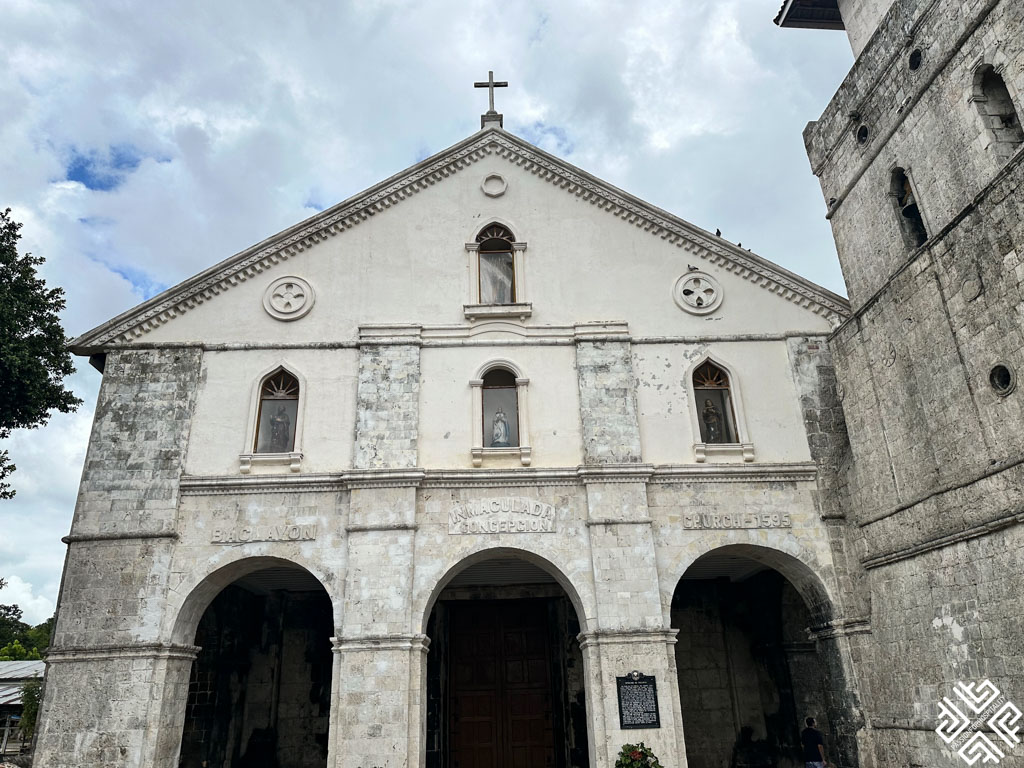
A mere six kilometers from Tagbilaran, Baclayon Church, officially known as La Purisima Concepcion de la Virgen Maria Parish Church, stands as one of the oldest stone churches in the Philippines, dating back to 1596.
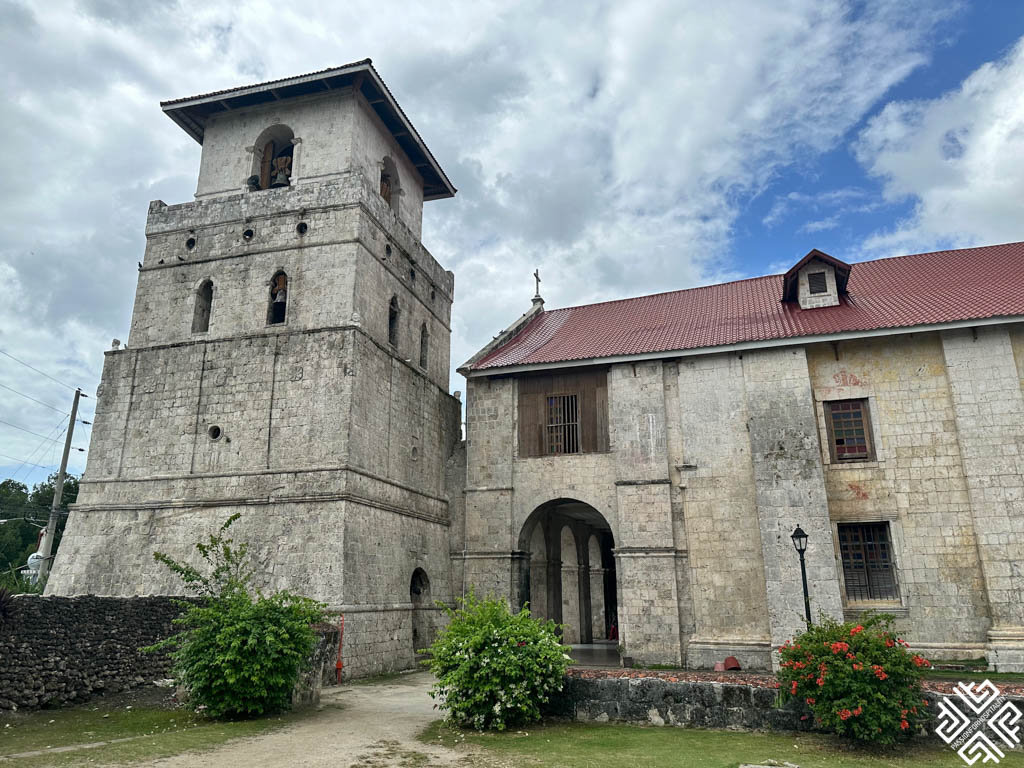

This edifice was constructed from coral stones, which were cut into blocks and piled onto each other using white of a local vine for mortar. Visitors often marvel at its architectural design and the religious artifacts preserved within its museum. The church was partially damaged by an earthquake in 2013, but restoration efforts have carefully preserved its historical and spiritual essence, making it a poignant stop in Bohol’s religious landscape.
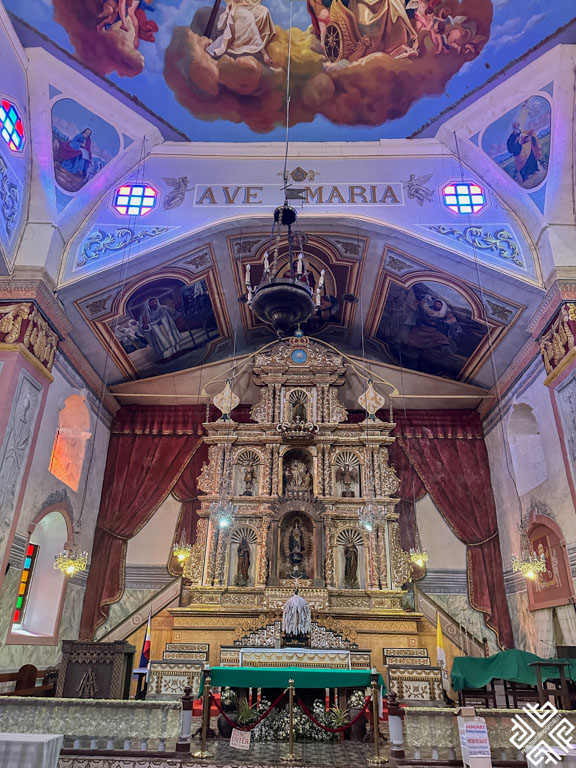
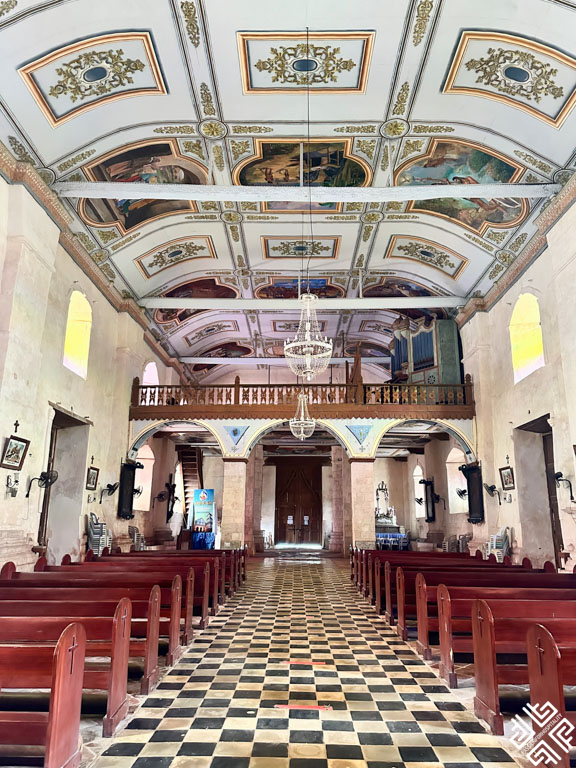
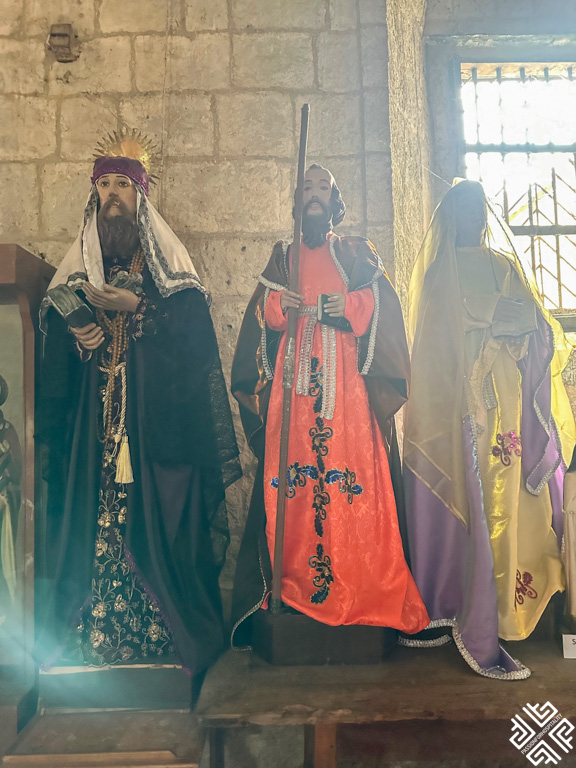
Encounter with the Tarsiers at the Sanctuary
The Philippine Tarsier Sanctuary in Corella serves as a haven for the preservation of the tarsiers, one of the smallest and oldest primates in the world. These tiny creatures, no larger than a human fist, are known for their disproportionately large eyes and soft, velvety fur.
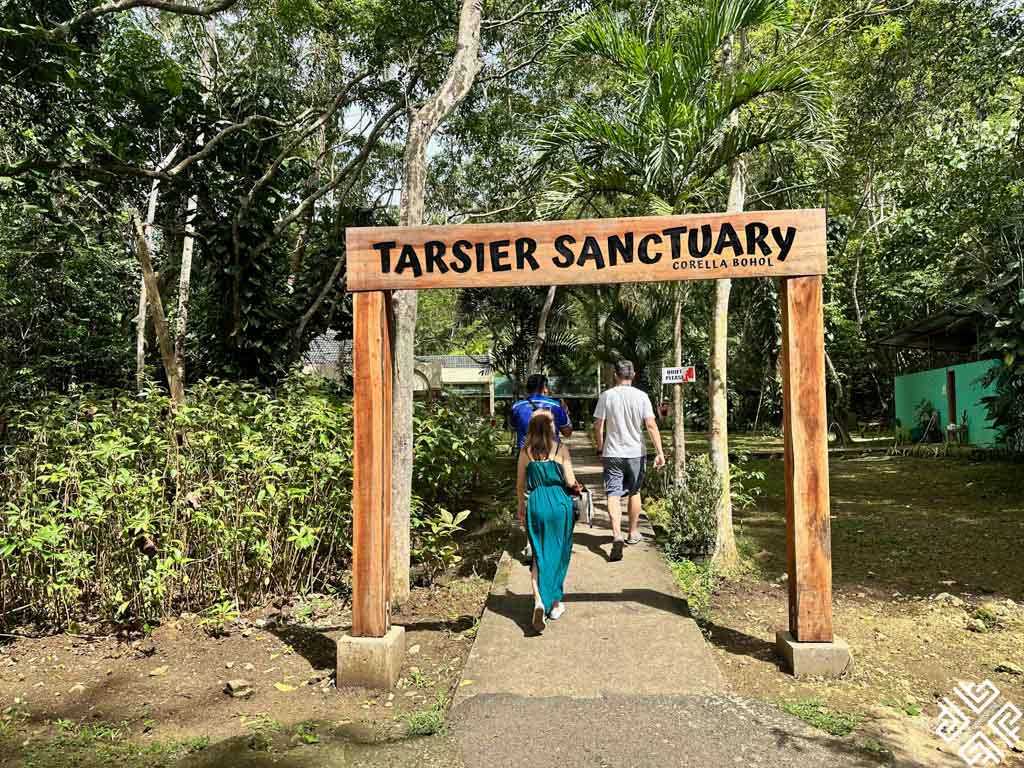
Their eyes, each of which is roughly as large as their brain, provide them with excellent night vision, essential for spotting prey in the dark. However, their large eyes are fixed in their skull; they cannot move in their sockets. Instead, tarsiers can turn their heads almost 180 degrees to scan their surroundings, much like owls.
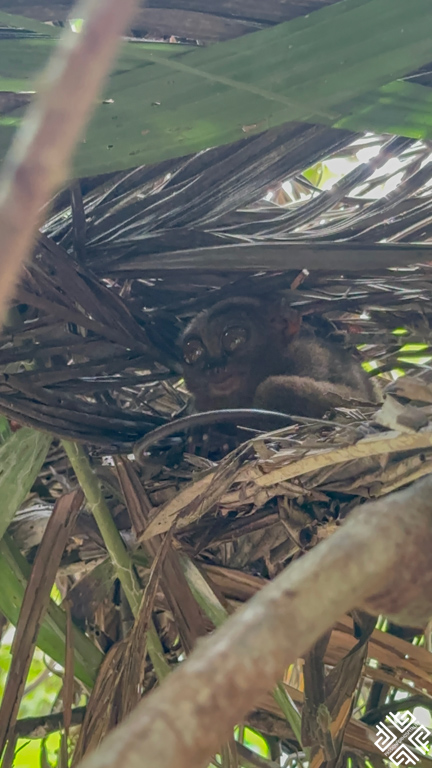
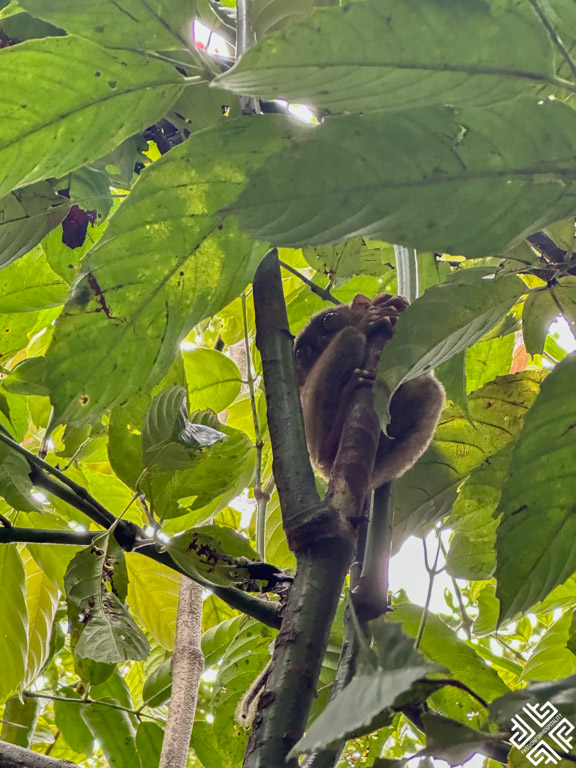
At the sanctuary, visitors learn about the tarsier’s behaviors and the efforts to protect their fragile populations. The experience of watching a tarsier cling to a branch, blinking its large eyes curiously, is unforgettable and highlights the importance of conservation efforts in the Philippines.
Take A Loboc River Cruise

The Loboc River Cruise offers a serene escape into the heart of Bohol’s natural beauty. Aboard a floating restaurant, you will be treated to a feast of local dishes as you glide past nipa huts, coconut groves, and children waving from the banks.
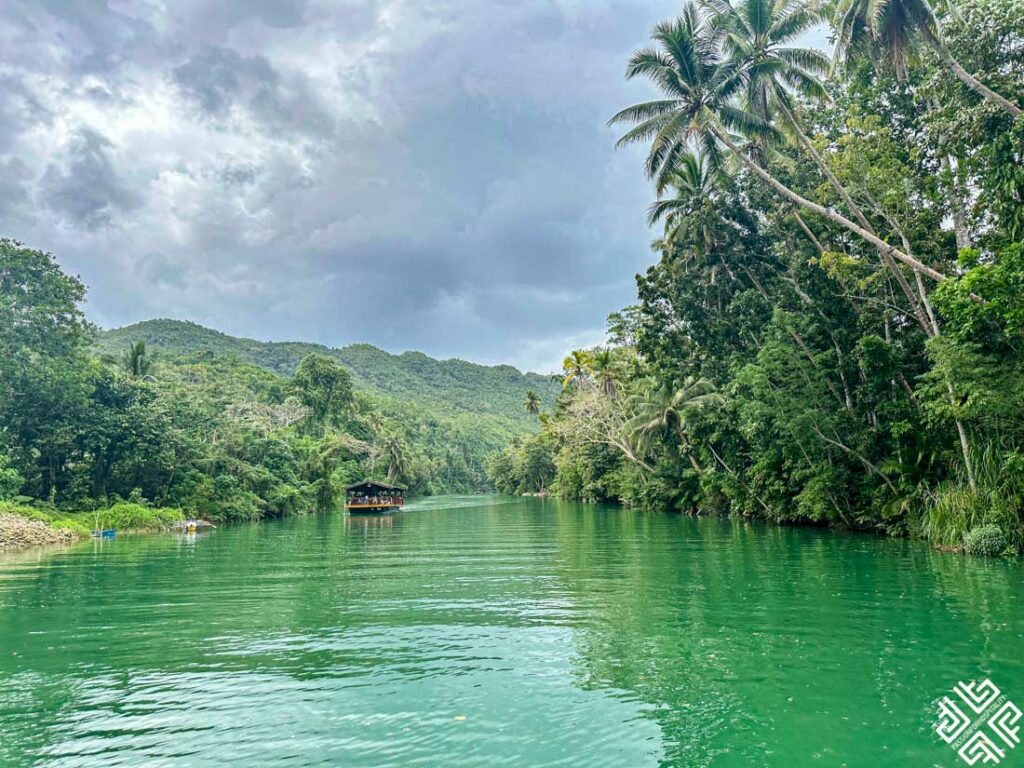

The highlight of the cruise is the live music performed by local bands, featuring traditional Filipino songs and dances. At one point, the boat stops at a small riverbank village where you are invited to dance with the locals, offering a hands-on experience of Bohol’s warm hospitality and cultural richness. It truly is a memorable experience. If you are staying in Cebu and wish to join a full day trip to Bohol with a river cruise lunch, check out this tour – From Cebu: Bohol Countryside Tour Day Trip with Buffet Lunch
Serenity at Man-Made Forest Bilar
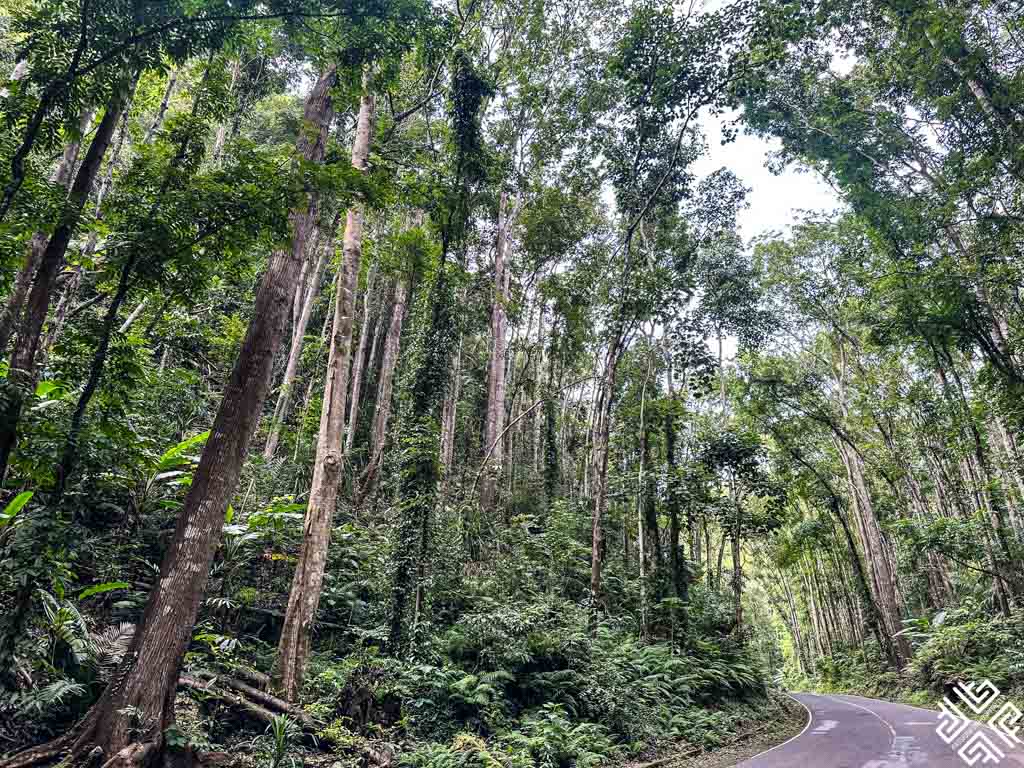
Traveling towards the Chocolate Hills, the route passes through the Man-Made Forest in Bilar, a two-kilometer stretch of mahogany trees planted by local students and volunteers. This forest represents an inspiring success story of human intervention in nature, where the dense foliage creates a canopy that dramatically lowers the temperature, providing a cool respite from the tropical heat. The uniformity of the trees and the stillness of the forest make for a surreal experience, as if one has stepped into another world entirely.
The Majestic Chocolate Hills
A day trip to Bohol is not complete without a visit to the iconic Chocolate Hills, an unusual geological formation that consists of at least 1,268 individual mounds scattered throughout the towns of Carmen, Batuan, and Sagbayan.

These hills are covered in green grass that turns brown during the dry season, giving them a chocolate-like appearance. The origin of these hills is a subject of geological debate, adding an element of mystery to their allure. A climb up to the observation deck at Carmen offers a panoramic view of this incredible landscape, providing a perfect moment for reflection and photography.
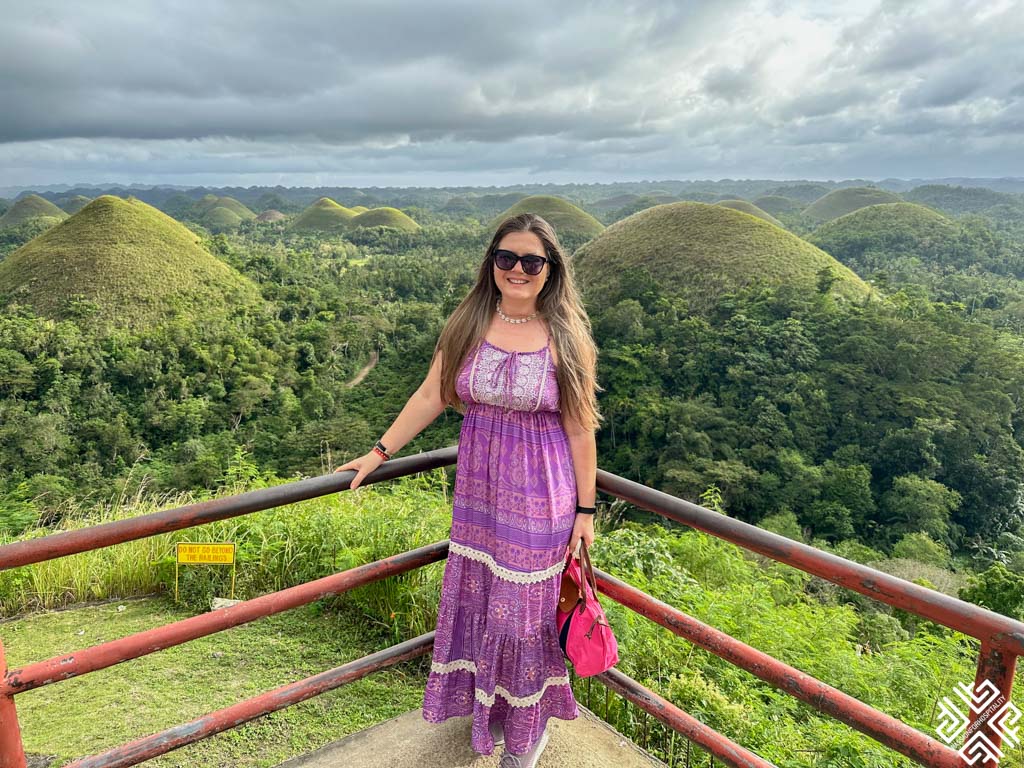
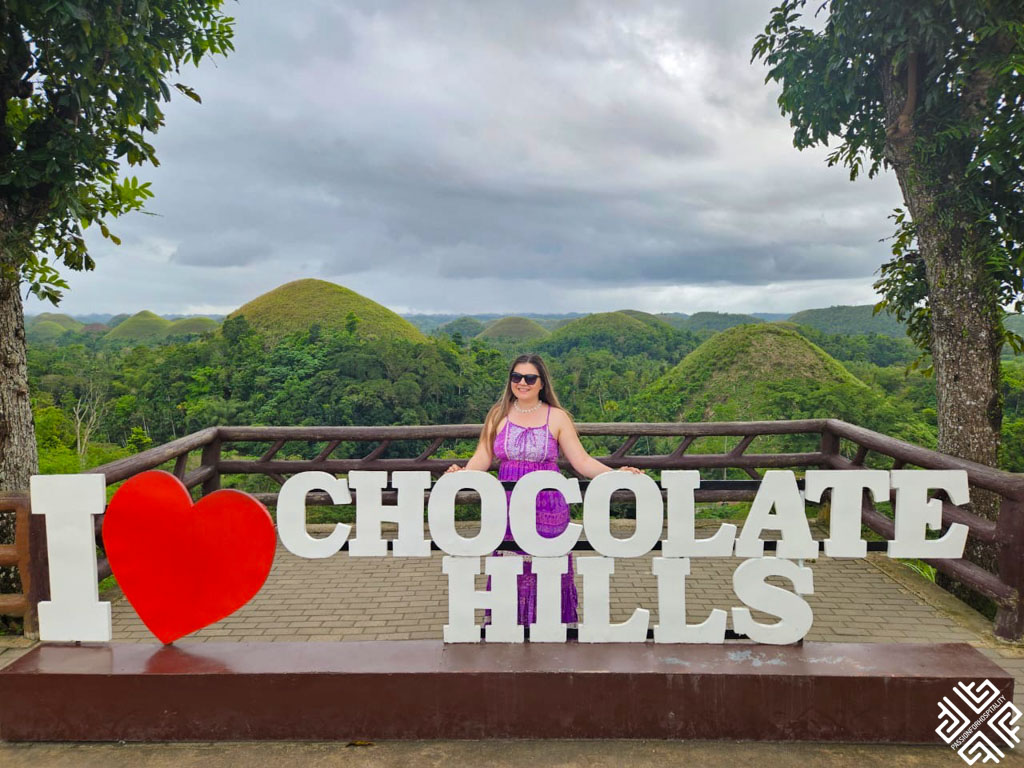
Practical Tips on Visiting Bohol
When planning a trip to Bohol, choosing the right time to visit can greatly enhance your experience. Here are some practical travel tips on the best times to visit Bohol, taking into account the weather, local events, and other factors that could influence your trip:
Consider the Weather
Bohol has a tropical climate with two main seasons: the dry season and the wet season.
Dry Season (December to May): This is the ideal time to visit Bohol, especially between February and May. The weather is generally sunny and dry, making it perfect for exploring outdoor attractions like the Chocolate Hills and the white sandy beaches of Panglao Island. The dry season is also the best time for diving and snorkeling as the water visibility is at its peak.
Wet Season (June to November): Travel during these months can be tricky as the island experiences heavier rainfall, particularly from July to September. However, the wet season also means fewer tourists and lower prices. If you don’t mind the occasional rain, you can enjoy Bohol without the crowds.
Festivals and Local Events
Participating in local festivals can make your visit to Bohol even more memorable:
Sandugo Festival (July): This month-long festival in Tagbilaran City celebrates the historic blood compact between Datu Sikatuna and Miguel López de Legazpi. The festival includes cultural shows, street dancing, beauty pageants, and more, showcasing the rich heritage of Bohol.
Ubi Festival (January): Celebrated throughout Bohol, this festival honors the Ubi tuber, a crop that is deeply ingrained in Bohol’s culture. Events include agricultural product displays, farm tours, and contests, providing a deep dive into local agricultural practices and culinary traditions.
Plan Around Peak and Off-Peak Seasons
Peak Season: Coincides with the dry months, especially around Christmas, New Year, and Holy Week. Expect more tourists and higher prices during these times. It’s a good idea to book your accommodations on Klook or Booking and transportation well in advance if you plan to visit during these periods.
Off-Peak Season: Late June to early December, with the exception of national holidays. Traveling during these months can be more budget-friendly, with the possibility of enjoying quieter visits to popular spots.
Respect Wildlife and Natural Sites
When visiting places like the Philippine Tarsier Sanctuary or diving sites around Panglao, always follow guidelines to ensure minimal impact on wildlife and natural habitats. Respect barriers, follow no-touch policies, and choose eco-friendly tours and activities that support local conservation efforts.
This one day in Bohol itinerary offers a comprehensive glimpse into the island’s rich cultural heritage and breathtaking natural wonders. From historical monuments and bustling city life to serene river cruises and the unique geological formations of the Chocolate Hills, Bohol presents a microcosm of adventure that captivates the heart of every traveler.
PIN FOR LATER!
